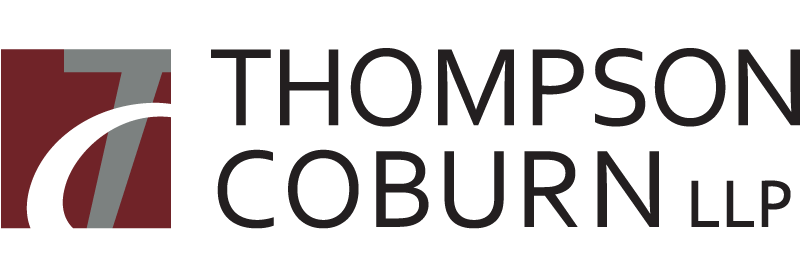This article was first published in the April 2016 edition of Estate Planning magazine.
Since 2013, the gift tax filing threshold has been $14,000, making it relatively apparent that if your client made a gift in excess of $14,000 to any one person (other than a spouse) in 2013 or any year thereafter, the client probably had to file a federal gift tax return (Form 709).
Less obvious are the various elections, allocations, and disclosures reported on Form 709 that provide additional reasons to file gift tax returns, some of which are mandatory and some of which are elective. This article explores some of those less obvious issues that may arise when preparing a Form 709, including gift splitting, annual exclusion gifts, lapses of Crummey powers, the predeceased child rule, and automatic and late allocations.
To access the full article, click on the image at right or here: Filing Form 709 --- Beyond the Basics of Gift Tax Returns.

